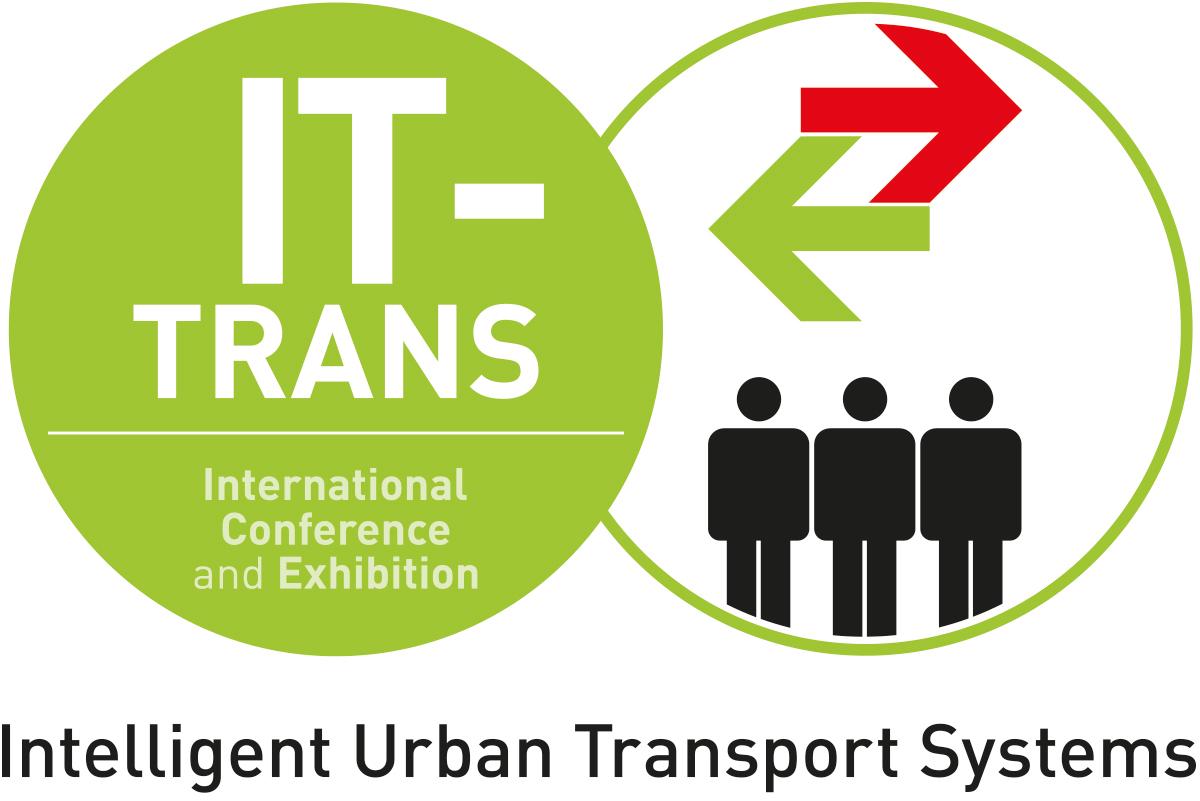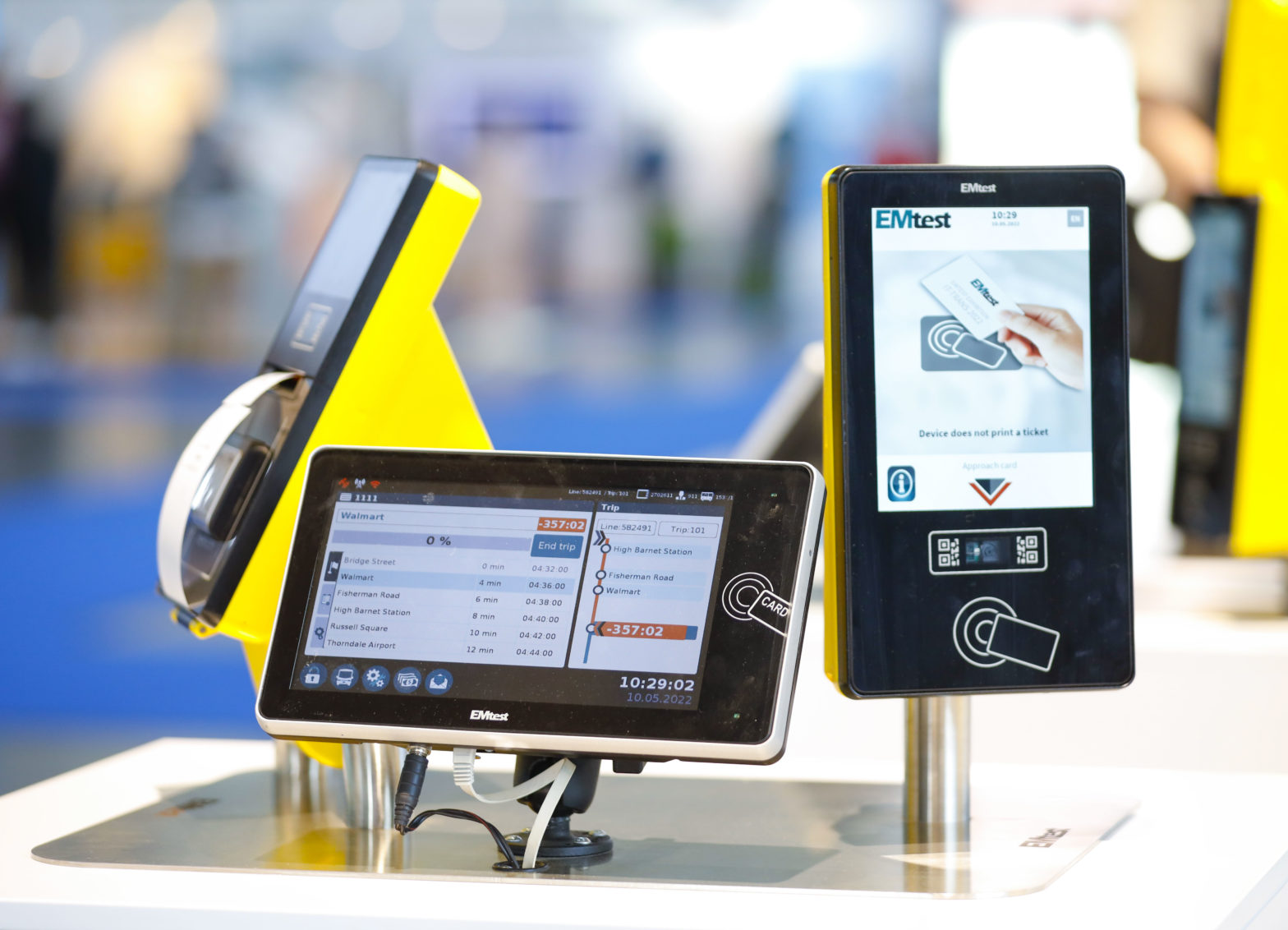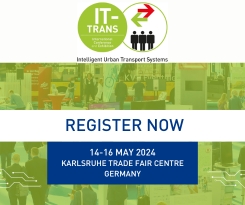
Photo: Inma Martinez 2024
How urban mobility is evolving through the digital revolution
30 April 2024
As the world of urban mobility continues to live through a digital revolution, it takes the most important voices in the field of technology to move that progress forward.
Inma Martinez is a technology pioneer and AI scientist focused on the digital economy as a force for progress and societal welfare.
Progressing her previous careers in investment banking and telecommunications towards technology entrepreneurship, she is recognised worldwide as one of the leading voices in her field.
Alongside pioneering teams at Cambridge University and Trinity College Dublin, Inma worked on the first real-time AI recommendation system of the mobile internet.
Her unique experience has allowed her to become one of the most sought-after experts in forecasting digital disruptions – and revealing the potential of Artificial Intelligence and other transformative technologies.
For IT-TRANS, the leading sector event focused on IT and digitalisation, Inma’s unique insight and skills make her the perfect voice to address the audience during the opening session of this year’s edition.
What are the key themes facing transport digitalisation today?
Digitising transportation requires the industry to think about traffic flows, vehicle-to-vehicle (V2V) and vehicle-to-network (V2N) communications in order to guarantee the full potentiality of logistics, traffic safety and future level 5 – fully autonomous, automation. While the automotive industry has already been developing vehicular automation for the last 15 years, we are not yet there when it comes to the smartification of roads and city streets. Developing intelligent transportation systems (ITS), although it began in the 1990s, has encountered challenges of all kinds, even when vehicles have been fitted with Dedicated short-range communications (DSRC) to broadcast their location, the installation of smart roadside units (SRUs) in motorways and national roads still is not fully rolled out because of the infrastructure cost and the poor understanding that municipalities have of how to leverage from this type of industrial internet of things (IoT). Hopefully, now that the 5G spectrum seems like the established band for this type of communications, we are moving closer to put the necessary infrastructure to upgrade transportation to a full digital level and elevate vehicular automation up to the “vehicular awareness” that L4 automation aims to achieve.
How do you think transport operators have responded to this ever-changing ecosystem?
All the good work and the impetus that the 5GAA (5G Automotive Association) managed to gain around 2018 was halted during the pandemic. This association, comprised of nine global automakers, nine of the ten global telecommunication companies, as well as top automotive suppliers, smartphone manufacturers, semiconductor and wireless infrastructure companies, and test and measurement companies form an ecosystem that should encompass transport operators. One cannot conceive the planning of the future transport infrastructure without this input and I would encourage collaborative exchanges with the 5GAA and similar associations looking at the transformation of transportation, especially when interoperability is what everyone wants in digital environments. Advances in automotive and telecommunications (V2X – vehicle to everything) must evolve towards inclusive discussions and multistakeholder approaches to traffic digitisation.
What advice would you give to operators looking to incorporate AI into their systems?
Post-pandemic, all smart city projects should look at edge computing mobility as a real-time environment that will require AI to guarantee precision and safety of vehicular flows. The pandemic created an enormous increase in private vehicles on the roads and we need to get people back into public transport that is safe and efficient. Only AI can handle the multitude of data feeds in real-time gathered by traffic management systems and the need to optimise traffic flows using predictive AI and self-supervised learning in advanced AI systems. The whole notion of what a smart city of the future should be should prioritise the smartification of traffic and this should roll out as soon as such systems are in place, not just for safety measures, but to optimise supply-chain cargoes passing-by or through cities bringing goods needed to assure quality of life and the seamless procurement of what people need to thrive in urban environments.
Brought to you by:




